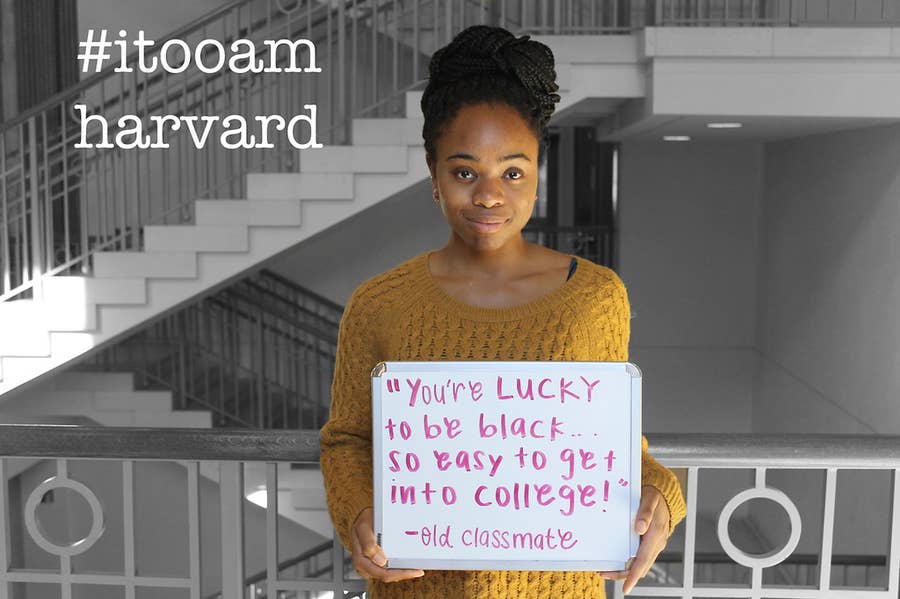The war on drugs seems, at least in the eyes of Governor Cuomo and other policymakers nationwide, to be approaching its long-awaited resolution. Cannabis opportunities in New York are rolling in, and thus the money is too. But can the Social Equity Fund, part of the legislation passed, right the wrongs of the war on drugs?
Cannabis consumption and recreational sales were legalized in New York this spring, marking a momentous occasion in the long-contested struggle. The announcement then stirred discourse on its highly anticipated economic implications. How could it aid the state of New York and create opportunities for small businesses to flourish?
Money, however, is never that simple, and the legalization necessitates clarity on where exactly revenue would be going.
In response to anxieties that taxable businesses are but another opportunity for power-grabbing from big corporations, Governor Cuomo has proposed a number of initiatives to ensure equitable distribution of returns.
Social Equity Fund for cannabis in New York
Most notable in the legislation signed on April 30th is the Cannabis Social Equity Fund. The fund is for social equity applicants, namely companies owned by people of color or those with past marijuana convictions.
Many in the industry and involved in its policy rejoice in the implications the project has. Not only for the cannabis industry, but for the considerations towards social equity in future policymaking. With analysts estimating $350 million tax revenues in the first year alone, Cuomo also says $100 million will be put towards the Social Equity Fund.
The numbers suggest that forty percent of tax revenue will be reinvested in communities that have historically been targeted by punitive drug policies. By contrast, corporations should then have a harder time getting around limitations that have been engraved into the bill itself.
Medical cannabis suppliers are not entitled to tax benefits or large-scale vertical integration. This is intended to curb the monopoly that wealthy firms can typically grasp by moving multiple separate production stages under one roof.
The number of operations a single company can oversee is capped at four medical locations, and three recreational ones. Existing centers will pay a fee in order to convert their locations into both medical and recreational centers. The money from which will be put towards the Social Equity fund.
While large companies will be barred from vertical operations, microbusinesses will be permitted to do so. This is with the intention of allowing them to cut costs and grow.
The war on drugs
The Social Equity Fund is meant to “correct past harms by investing in areas that have disproportionately been impacted by the war on drugs.” Or at least that’s what Gov. Cuomo says.
By “past harms,” Cuomo is referencing the racist and classist history of marijuana in the states.
The lasting economic, ideological, and psychological consequences of marijuana’s heavy criminalization cannot be overlooked in the consideration of this new bill. Initiatives to legalize and ensure equitable allocation of resulting funds arise against a grim backdrop of terror in poor neighborhoods populated by BIPOC.
For me this is a lot more than about raising revenue. It’s about investing in the lives of the people that have been damaged.
Crystal D. Peoples-Stokes, the sponsor of the bill in the Assembly, for the New York Times
Over-policing and jailing of BIPOC relied on a rhetorical demonization of weed. It made its consumers out to be “satanic.”
This ideological tool has been used for close to a century still as a weapon against marginalized peoples. To jail and extort unpaid labor from them, to bar them from participating in democracy. And to profit from their arrests or fines or bails.
The turning of a new leaf in NY legislature is a relief. But policy makers acknowledging and working to repair the harms they’ve caused their people is the bare minimum.
Can the fund deliver on social equity promises in New York cannabis?
As aspirational as these programs may sound, experts are already arriving on the scene with words of caution.
While initiatives to curb the upward flow of profit to big corporations seem to have been considered, Marijuana is still considered a Schedule I drug.
This means federal banks are less likely to extend credit to cannabis companies (even if the companies themselves are legal). This is due to fear of entanglement with criminal activity.
What else needs to be done to ensure complete equity?
Other initiatives, like the Economic Empowerment Program of 2016 in Massachusetts. Or New Jersey’s efforts towards retail dispensaries have been largely unsuccessful.
Two years after weed was legalized in Massachusetts, still zero EEP applicants managed to open a recreational retail business. With towns being tasked with their own license granting responsibilities, local governments created a habit of price gouging, so as to turn the most profit on a license.
In New York, skepticism lies with the Division of Budget. It has not been known in the past to be attentive to the immediate needs of the community. Though the governor talks in sweeping statements about $100 million in the first year, the NYS Division of the Budget says it won’t reach that until at least 2025.
Meanwhile, more than 40,000 Americans are in jail for marijuana-related offenses, many serving a life without parole for petty possession charges. In 2020, 10,000 criminal court summonses for low-level possessions were handed out, 99 percent of which still went to New Yorkers of color.
That said, the Social Equity Fund is also distinct from its predecessors in other states. As a bill with a contentious past, and a state office famous for empty words, the legislation hopefully reflects a new sense of awareness. While we wait for results on the economic turnout, it’s now safe to spark a celebratory blunt for this victory.























